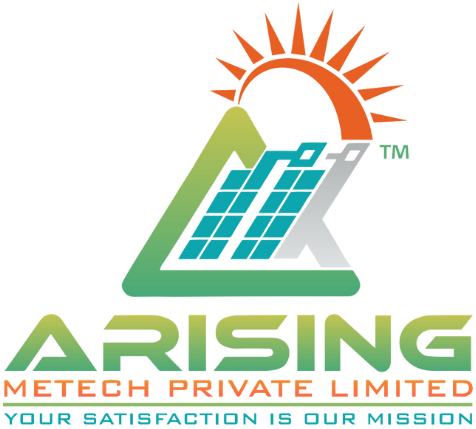When planning a solar installation, most of the attention goes to panels and inverters. But without a properly selected mounting structure, even the best system can underperform, fail prematurely, or become a safety risk. The structure isn’t just a frame — it’s the backbone of your solar plant, designed to hold your investment in place for 25+ years.
Whether you’re an EPC contractor, industrial buyer, or solar consultant, this checklist will help you evaluate the right mounting structure for your project.
✅ 1. Identify Your Project Type
Different applications require different structural designs:
- Rooftop: RCC, metal sheet, or sloped residential roofs
- Ground-mounted: Utility-scale or industrial land-based setups
- Solar pump: Compact ground-mounts tailored for agricultural use
- Floating: Ponds, reservoirs, or water bodies with stable wave patterns
Each category requires custom structural geometry, anchoring method, and load distribution.
✅ 2. Assess Site-Specific Conditions
A good structure is designed for the site, not just the panel.
- Soil type (loose, rocky, black cotton) — affects pile vs concrete foundation
- Wind load zone — use IS 875 or IEC wind zone data
- Roof type and load-bearing capacity — critical for ballast vs anchored rooftop
- Water level and wave dynamics — vital for floating solar projects
Ignoring site physics leads to mechanical failure, misalignment, and higher O&M costs.
✅ 3. Choose the Right Material
| Material | Best For | Advantages |
|---|---|---|
| Hot-Dip Galvanized Steel | Ground, rooftop | Strong, corrosion-resistant, cost-effective |
| Aluminum | Rooftop, floating | Lightweight, rust-proof, fast to install |
| HDPE Floats + Al Frames | Floating solar | UV-stable, modular, water-resistant |
Ensure:
- Zinc coating ≥ 80 microns (as per IS 2629 / ASTM A123)
- Structural grade steel or 6063-T6 aluminum
✅ 4. Optimize the Mounting Method
- Ground: Pre-cast concrete blocks, pile foundations, or screw anchors
- Rooftop: Seam clamps (non-penetrative) or chemical anchors
- Solar pump: Single-pole or A-frame design for minimal land use
- Floating: Anchoring with ropes, dead weights, or mooring lines
Also check for pre-punched, pre-assembled designs to cut installation time by 20–30%.
✅ 5. Ensure Design Compliance & Documentation
- Structural design reports with wind load and tilt optimization
- Compliance with IS/IEC standards (875, 2062, 61730, 61215)
- Galvanization test certificates (DPTM, coating thickness)
Vendors like Arising Metech provide structural drawings, coating certificates, and site-tailored BOMs for all project sizes.
✅ 6. Evaluate the Vendor’s Customization & Execution Capabilities
Before finalizing a supplier, ask:
- Can they design per module layout, wind zone, and foundation type?
- Do they support low-volume (pump) and high-volume (MW-scale) orders?
- Is manufacturing in-house or outsourced?
- What’s the lead time for production and dispatch?
A vendor who engineers per project — not per inventory — saves you from delays, wastage, and retrofits.
🔚 Final Takeaway
Your solar mounting structure is not a commodity — it’s an engineered component that dictates the performance, durability, and financial returns of your plant. Choose based on site needs, not catalog specs. Insist on engineering, compliance, and lifecycle value — not just price.
If you’re looking for a vendor who delivers precision-engineered mounting solutions across rooftop, ground, pump, and floating projects — Arising Metech is ready to support your next installation.
